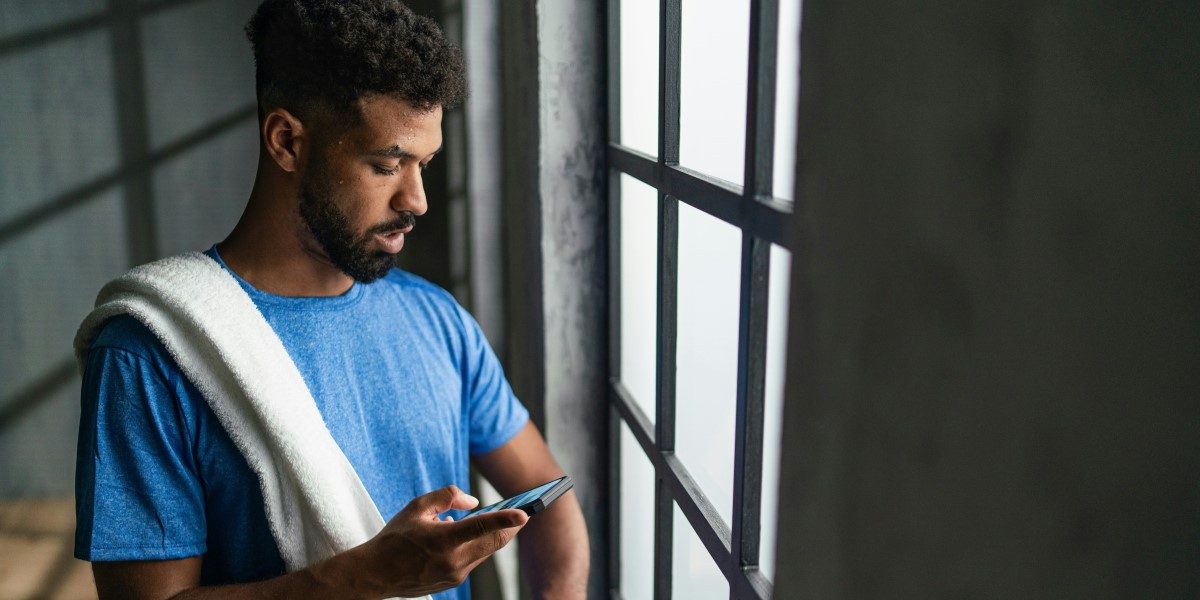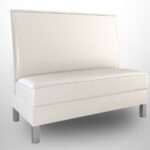New York has long been recognized as a hub for innovation, particularly in fashion, technology, and design. This environment provides fertile ground for companies contributing to the rapidly evolving field of wearable technology. These devices, worn on the body, range from smartwatches and fitness trackers to more specialized items like smart clothing or augmented reality glasses. Understanding the part New York-based companies play in developing these next-generation wearables reveals a dynamic blend of creativity and technological advancement.
Read also: NickWatch vs. The Rest: Why It Stands Out Amongst Kid-Friendly Wearables
How Do New York Companies Contribute to Wearable Technology?

Companies based in New York often bring a unique perspective to wearable technology, blending the city’s strengths in fashion and finance with cutting-edge tech development. Many of these firms focus on integrating advanced sensors and connectivity into devices that are not only functional but also aesthetically appealing. This dual focus on form and function is a hallmark of the New York approach, where design considerations are often as important as the technological capabilities.
For instance, some companies concentrate on creating wearables that offer sophisticated health monitoring, tracking everything from heart rate variability to sleep patterns with remarkable accuracy. Others might be working on specialized smart fabrics that can monitor an athlete’s performance or adapt to environmental changes. The proximity to major fashion houses and advertising agencies often leads to collaborations that push the boundaries of what wearables can look like and how they can be marketed, setting trends rather than just following them.
What Drives Innovation in New York’s Wearable Sector?
Several factors contribute to the innovative spirit seen in New York’s wearable technology companies. Access to a diverse talent pool is certainly a significant advantage. The city attracts engineers, designers, fashion experts, data scientists, and marketing professionals from around the globe, fostering an environment where interdisciplinary teams can thrive. This mix of expertise is vital for developing products that sit at the intersection of various fields.
The city’s strong investment ecosystem also plays a crucial part. New York is home to numerous venture capital firms and angel investors who are keen to fund promising tech startups. This financial support allows companies to invest heavily in research and development, explore new materials, and prototype advanced designs. Additionally, the presence of world-class universities and research institutions often facilitates partnerships between academia and industry, leading to breakthroughs that can be quickly commercialized into wearable products. The competitive nature of the New York market also encourages companies to constantly innovate, pushing for differentiating features and superior user experiences.
How Are Wearable Companies Overcoming Development Challenges?
Developing next-generation wearables comes with its own set of challenges, from miniaturizing complex electronics to ensuring long battery life and data privacy. New York companies are actively working to overcome these hurdles through strategic approaches. Miniaturization, for example, involves advanced engineering to pack more computing power and sensors into smaller, more comfortable form factors. This often requires custom-designed components rather than off-the-shelf solutions.
Battery technology remains a common barrier, and many firms are exploring novel power solutions, including energy harvesting from movement or ambient light. Data privacy and security are also central concerns, particularly as wearables collect more sensitive personal information. Companies are investing in robust encryption methods and clear data governance policies to protect user information. They often focus on building user trust through transparent practices and giving individuals more control over their data. These companies understand that consumer adoption hinges not only on functionality but also on reliability and a commitment to user security.
Read also: How to Use Technology to Enhance Your Fitness Progress
What Does the Future Hold for Wearables from New York?
The contributions of New York companies suggest a promising future for wearable technology. As these firms continue to blend fashion, technology, and user-centric design, the next wave of wearables is likely to be even more seamlessly integrated into daily life. Expectations point towards devices that are less conspicuous, more stylish, and increasingly capable of proactive assistance rather than just reactive data tracking.
We might see more sophisticated biometric feedback, personalized coaching delivered discreetly through smart garments, or augmented reality wearables that enhance everyday experiences without being intrusive. The ongoing collaboration between diverse industries within New York is likely to lead to unexpected innovations, further blurring the lines between fashion accessories, personal health tools, and communication devices. The continued focus on user experience, design aesthetics, and robust privacy measures will likely solidify New York’s position as a significant force in shaping the evolution of wearable technology for years to come.
















